CRT-P & CRT-D Implantation Procedure in Nagpur

CRT which is abbreviated as Cardiac Resynchronization Therapy is a medical treatment for a person with heart failure and some types of heartbeat disorders. CRT implantation is a process in which technological instruments known as CRT-P and CRT-D where p stands for pacemaker and d stands for defibrillator. These machines are developed to assist in enhancing the heart’s pumping capability and overall operation.
Procedure of CRT-P and CRT-D
- The implantation of CRT-P and CRT-D devices is conducted in a hygienic environment, usually in a specialized cardiac electrophysiology laboratory or operating space.
- Local anesthesia is administered to numb the implantation area, usually just below the collarbone.
- A tiny opening is created to make a pouch for the device.
- Thin insulated wires of lead are positioned into the blood vessels and governed to the heart of the patient.
- The machine which is a pacemaker or defibrillator is placed in the cavity in the soul, and later the wires are connected to it.
- The machine is experimented with to provide its functions accurately.
- The opening is closed, and the patient is observed for any instantaneous difficulties.
Benefits of CRT-P and CRT-D
- Both CRT-P and CRT-D machines can seriously enhance heart failure signs, such as tiredness, and lack of breath, and practice patience.
- CRT D system implantation also delivers security against premature cardiac death due to ventricular arrhythmias.
Why CRT-P and CRT-D is done?
CRT P implantation and CRT-D implantation are executed to help and handle typical heart disorders, specifically heart failure and some heartbeat disorders.
Risks involved in CRT-P and CRT-D
- Implantation operations have risks, including bleeding, sickness, and injury to blood containers or the heart.
- CRT-D machines have the possibility for difficulties associated with defibrillation, such as improper shocks or machine lead dislodgement.
General Benefits of Both CRT-P and CRT-D Implantation
Here are some general benefits of both CRT-P and CRT-D Implantation:
Personalized Therapy
Device settings can be adjusted and optimized to suit individual patient needs, ensuring personalized therapy.
Long-Term Management
With proper care and monitoring, these devices can provide long-term benefits in managing heart failure and specific arrhythmias.
Improved Survival Rates
Studies have shown that CRT-P and CRT-D devices can improve survival rates and reduce mortality in certain groups of heart failure patients.
Advancements in Technology
Ongoing technological advancements lead to smaller devices, longer battery life, and improved algorithms for better therapy delivery and patient outcomes.
What Need To Do After the CRT-P & CRT-D Implantation?
Patients mandate regular follow-up visits to observe the device’s position, modify settings, and confirm the patient’s overall health.
Traditional remote monitoring abilities are known for early detection of problems and machine programming adjustments.
Our Medical Services
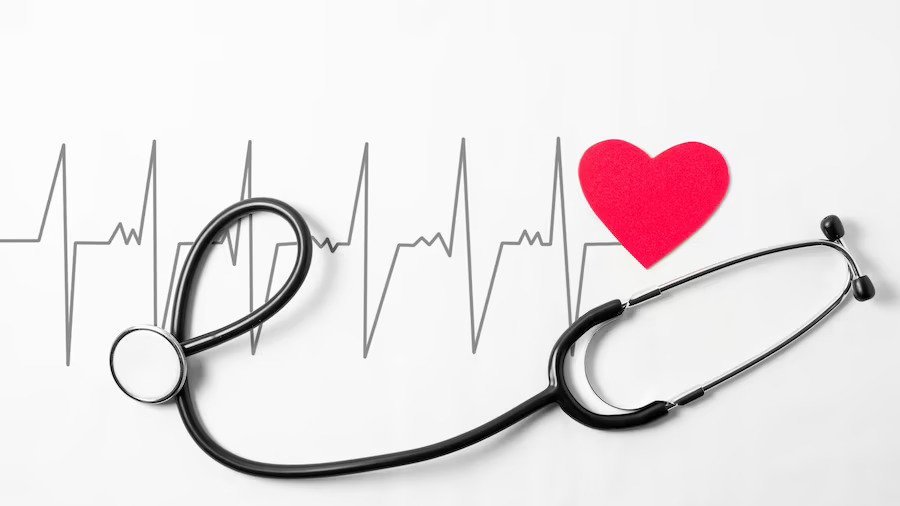
ECG
An electrocardiogram (ECG) is one of the only and speediest tests utilized to survey the heart. Anodes (small, plastic patches that stick to the skin) are set at certain spots on the chest, arms, and legs.
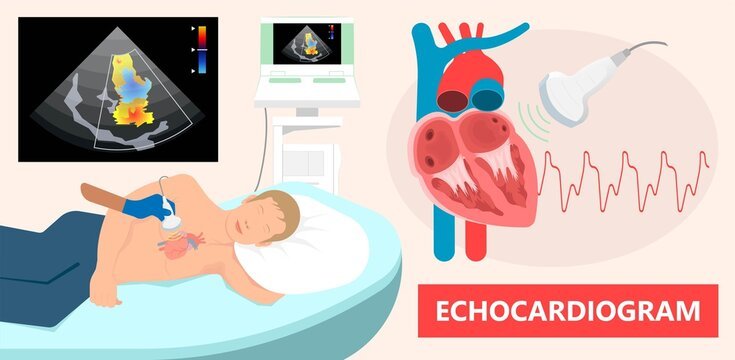
2D Echo
A two-dimensional Echocardiogram or 2D Echo test is a demonstrative test that employs ultrasound waves to evaluate the working of the heart.

Holter Monitoring
Holter monitoring measures your heart activity over an extended period, usually between 24 and 48 hours. Basically, a Holter Monitoring is a portable device which records the heart’s electrical signals.

BP Monitoring
Each time your heart beats, it pumps blood into your arteries. A blood pressure measurement may be a test that measures the force (pressure) in your arteries as your heart pumps.

Coronary Angiography
Coronary angiography diagnoses and evaluates coronary artery blockages. Contrast dye is injected into arteries, enabling X-ray imaging to visualize blood flow and identify narrowing or blockages.
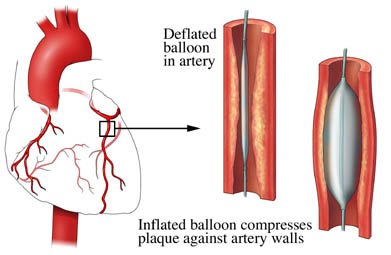
Coronary Angioplasty
Coronary angioplasty is a minimally invasive technique of abdominal artery angioplasty, which is used to treat coronary arteries that are obstructed or constricted and it is the most appropriate technique used by doctors for the treatment.
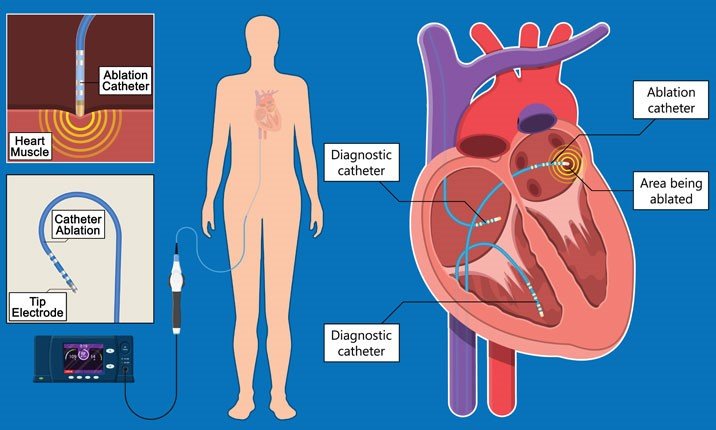
Electrophysiology Study
An Electrophysiology Study (EP study) is a test utilized to assess the heart’s electrical framework and check for abnormal heart rhythms. The natural electrical impulses coordinate the contractions of different parts of the heart.
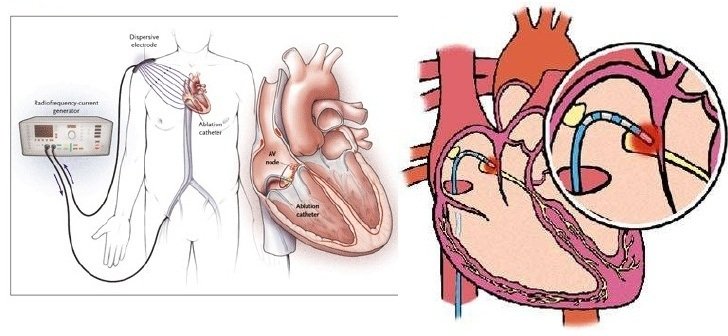
Radiofrequency Ablation
Radiofrequency Ablation (RFA) is a minimally invasive medical procedure that uses high-frequency electrical currents to generate heat, effectively destroying abnormal tissue or cells.
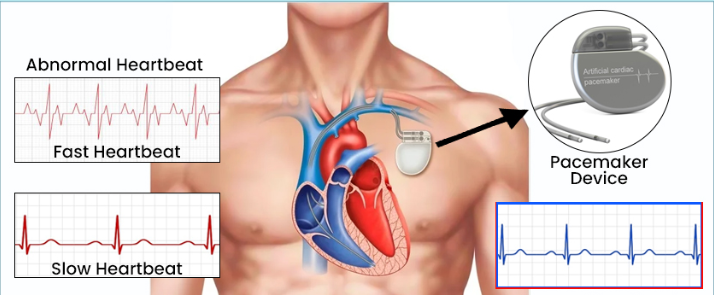
Pacemaker Implantation
Pacemakers are medical devices designed to support and regulate the electrical system of the heart, ensuring it functions properly. This medical procedure entails the insertion of a small device into the chest region.

ICD Implantation
An Implantable Cardioverter-Defibrillator (ICD) is a life-saving device that plays a crucial role in monitoring and regulating heart rhythms. It consists of a pulse generator and leads implanted in the heart.

Best Cardiologist in Nagpur
Introducing Dr. Chetan Rathi, a distinguished Cardiologist in Nagpur, whose eminence transcends the realm of medical proficiency.

Valvuloplasty
A balloon mitral valvuloplasty is a process to extend a restricted heart valve and improve blood flow. The heart valves handle how blood drives through the heart.
Our Achievements in Numbers
Happy Patients
Years of Overall Experience
Specialisations
Hospital Associations
Awards & Recognition
Patient Testimonials
Dr Chetan Rathi sir is good cardiologist. I visited him many times with my family and friends for consult about issues related with cardiology.
Our Videos




Our Blog
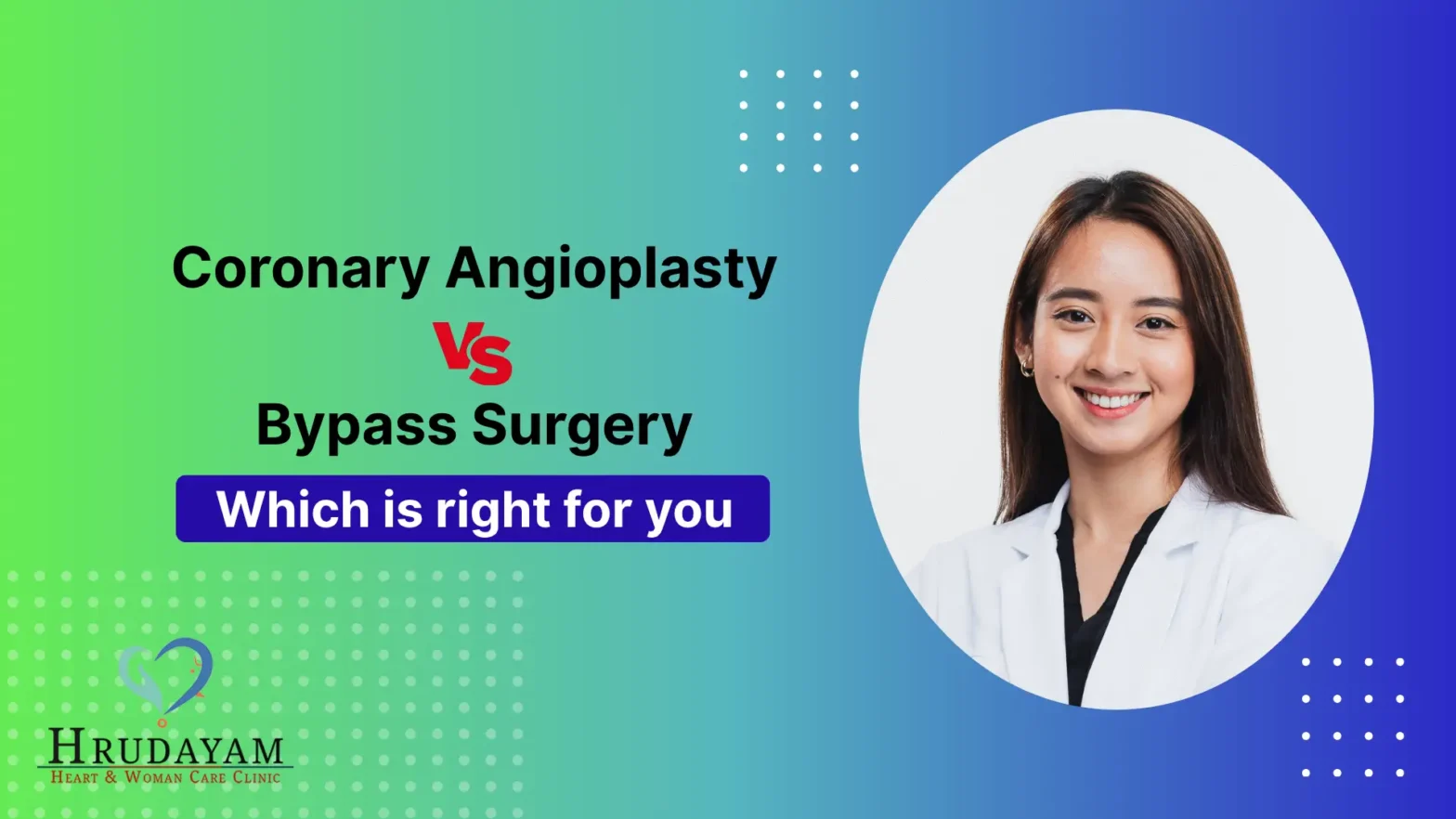 Coronary Angioplasty vs Bypass Surgery: Which Is Right for You?
Coronary Angioplasty vs Bypass Surgery: Which Is Right for You?
When it comes to heart treatment, many people feel confused about Angioplasty versus bypass. While both help open blocked heart arteries, the way they work is very different, which is why doctors take time to explain the difference between angioplasty and bypass surgery in simple words. In this guide, you will understand both treatments in… Continue reading Coronary Angioplasty vs Bypass Surgery: Which Is Right for You?
Read More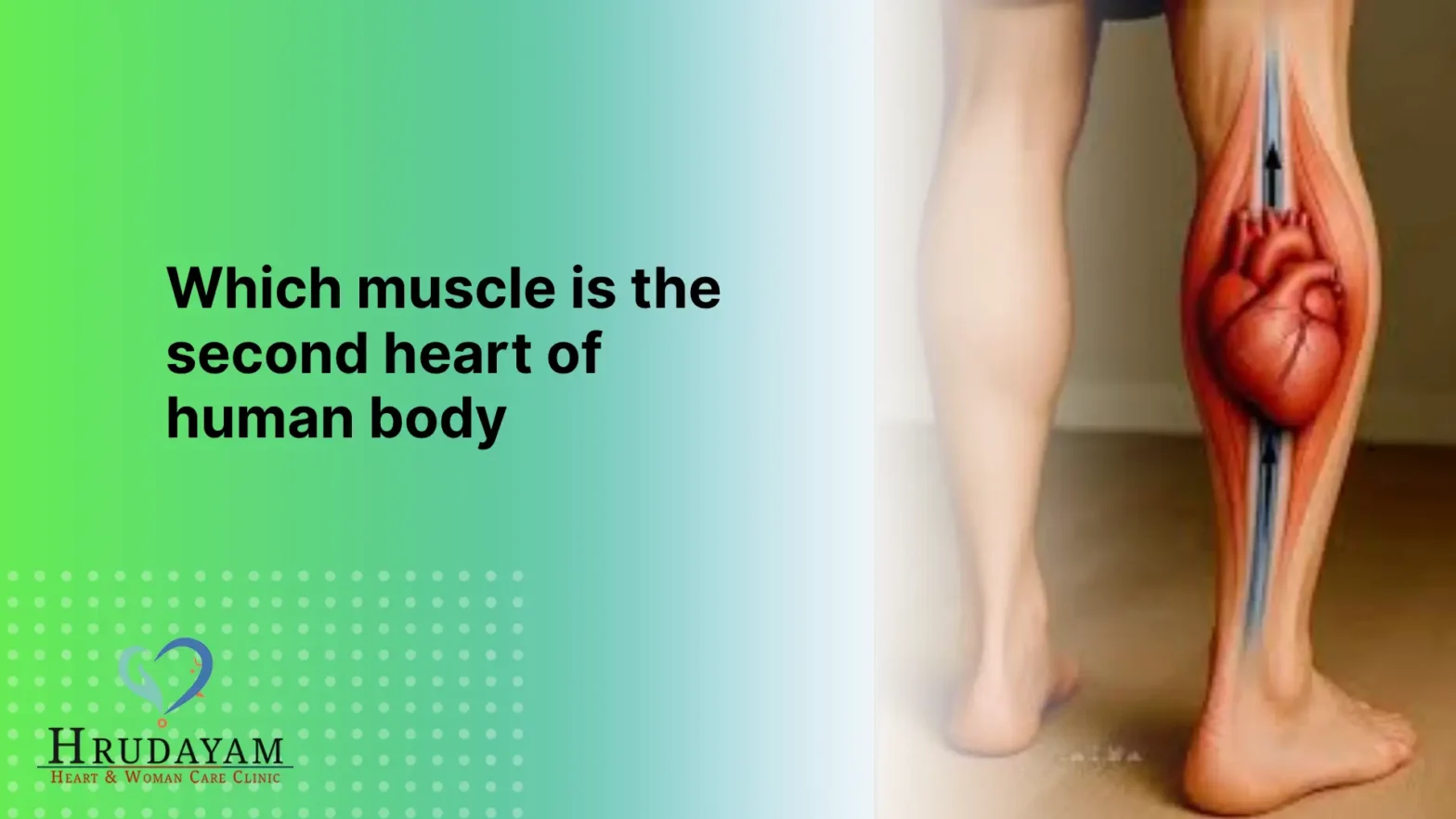 Which Muscle is the second heart of human body
Which Muscle is the second heart of human body
Many are astonished when they hear that we have something called the second heart of the body. People often ask: what is the second heart of the body, which is called second heart of the body, or which is the second heart of human body? Well, this “second heart” is not a real heart, but… Continue reading Which Muscle is the second heart of human body
Read More The Difference Between a Cardiologist and a Cardiac Surgeon
The Difference Between a Cardiologist and a Cardiac Surgeon
The heart is a very crucial organ in the human body. If anything happens to it, two primary specialists assist cardiac surgeons and cardiologists. Although both specialise in heart issues, their jobs differ significantly. It is a good idea to learn the difference between cardiologist and cardiac surgeon so that you know whom to see… Continue reading The Difference Between a Cardiologist and a Cardiac Surgeon
Read More



